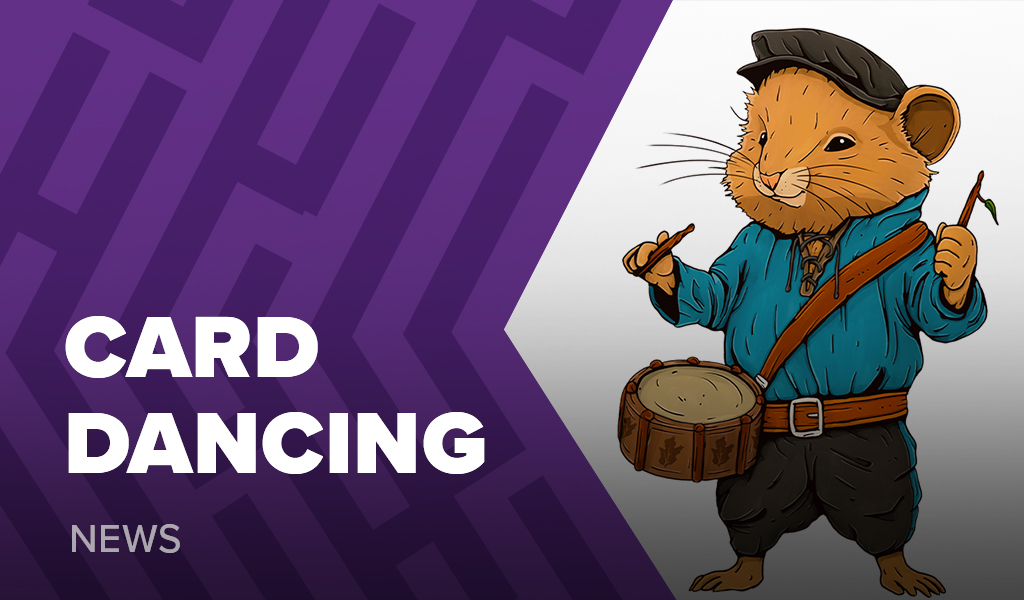
Emberleaf is described as a card dancing game and I know that means many people will be wondering, what is card dancing?
Card dancing is a strategic gameplay mechanism where each player works with a fixed-size grid (player board) and a set of unique cards. The core gameplay revolves around two main actions: playing a card onto the grid or sliding all the cards on the grid to the left.
Card Placement: Each card has unique abilities that can influence the game in various ways, and when placed onto your player board, they trigger any ‘on play’ skills the card possesses. There’s no limit to the number of cards you can hold in your hand; all cards are always either on your player board or in your hand.
Sliding: When you choose to slide, all cards on the grid move one space to the left, triggering any slide skills they may have. If a card moves off the edge of the grid, it returns to your hand, triggering any potential ‘drop off skills’ unique to that card. The remaining cards stay in their new positions, potentially setting up combinations for future turns.
The key to success is positioning your cards so that when you slide, they align to trigger a powerful combination of skills. These might also activate ‘ongoing skills’ that are triggered when specific criteria are met, or they may combo with various gameplay bonuses such as homing villagers, building in specific locations, or triggering scoring bonuses.
Beyond simply aligning cards, you will want to carefully consider the timing of your slides and how to maximise the impact of slide and drop-off skills.
The video above goes into much more detail and shows some examples!
Frank West
Frank West is a gamer and designer based in Bristol, UK. He published his first board game, The City of Kings, in 2018 and now works on other games and organising events in the local area. His goal? To design and publish games focusing on immersive themes, fun mechanics and beautiful components. If you have any questions or would just like a chat, feel free to get in touch at any time!

